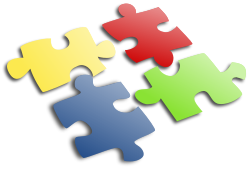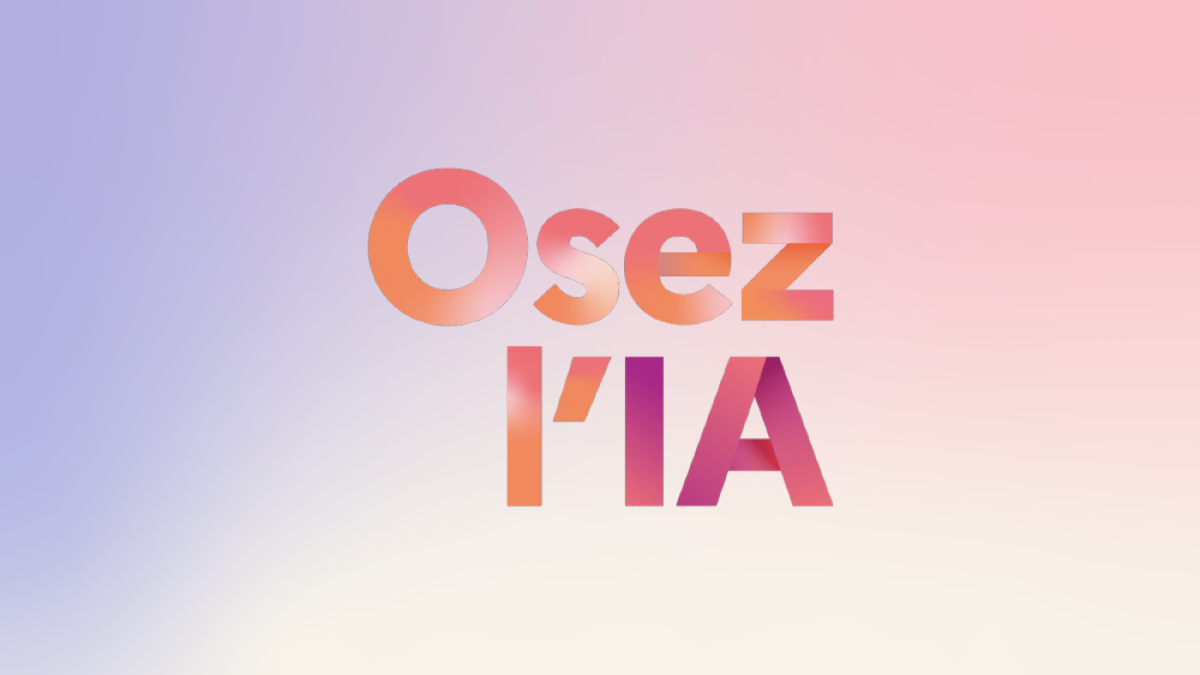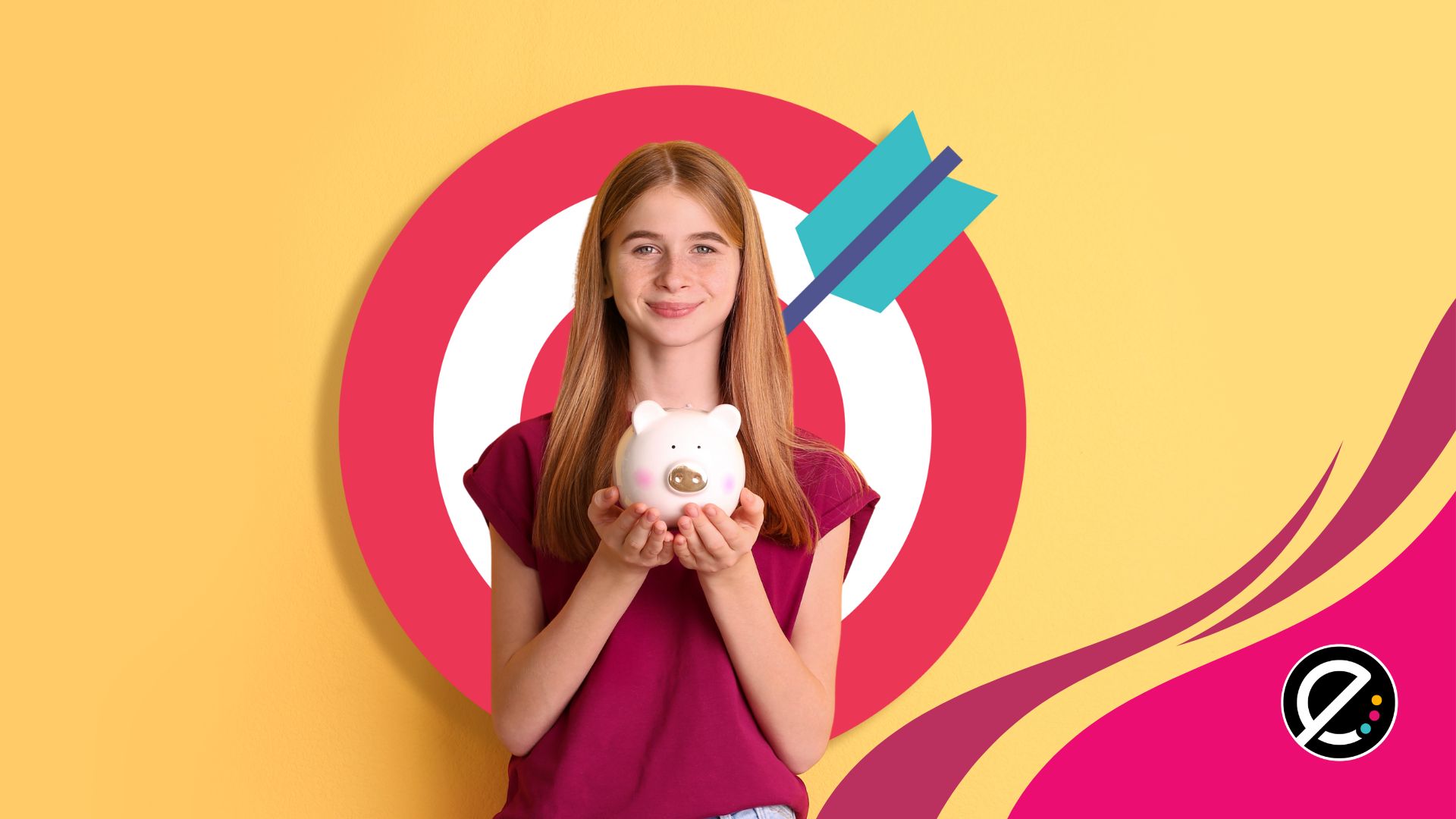À l’occasion de l’Université d’été Ludovia, l’une des tables rondes a permis de définir, selon divers points de vue, ce qu’est une ressource numérique. Voici les diverses réponses. À laquelle adhérez-vous?
Le modérateur de la table ronde intitulée « Ressources numériques, entre consommation et création : de quel côté les enseignants vont-ils ou doivent-ils aller? », Michel Guillou, a demandé aux panélistes de mettre cartes sur table en définissant ce qu’est pour eux une ressource numérique.
D’abord, Alain Thillay, de la Direction du numérique pour l’éducation (DNE) distingue « ressources numériques » et « ressources numériques pédagogiques ». Dans ces dernières, il établit trois catégories : les ressources éditoriales (faites par un groupe, une association, un éditeur), les ressources éditoriales d’opportunité (elles ne sont pas à priori conçues pour l’enseignement, mais elles sont tout de même utilisées par les enseignants, comme les ressources des musées, d’un journal, etc.), puis les productions des enseignants (spécialement pensées pour enseigner et apprendre). Il classe ensuite les ressources numériques éducatives en trois catégories : celles qui permettent d’apprendre à chercher, à analyser (exposer, expliquer), ou à évaluer, publier et partager. C’est à cette dernière catégorie que le numérique apporte le plus, à son avis. Grâce au numérique, il est plus que jamais possible de faire passer les ressources des uns aux autres (enseignant à enseignant ou à élève, élève à élève).
Pour sa part, Kristophe Léonard, enseignant au niveau primaire dans la région de l’Ariège, envisage la ressource numérique par ce qu’elle permet de réaliser en classe avec les élèves. Il privilégie celles qui permettent à l’élève d’apprendre. Par exemple, il aime utiliser un logiciel de TBI (même sans TBI), qui permet de créer une belle dynamique avec les élèves. Il apprécie le potentiel qu’offre la technique pour générer de nouvelles situations d’apprentissage ou pour personnaliser l’enseignement, avoir un retour sur ce qu’a fait chaque élève.
Là-dessus, Alain Thillay fait une parenthèse sur la polysémie du mot « ressource » : elle peut signifier un contenu, un contenu et service associé, ou un outil (qui, par ailleurs, n’est pas une « ressource » selon lui). Il précise qu’on a tendance à tout regrouper. La ressource matérielle fait partie du cadre général, elle n’est pas au cœur du métier de l’enseignant. Ceci dit, il reconnaît que sans matériel, le reste ne peut pas se réaliser.
Sylviane Lévy, enseignante chercheuse à l’Université de Mexico, distingue ensuite les ressources créées par les professeurs dans des séquences pédagogiques et les ressources créées par des équipes multidisciplinaires (comprenant contenus, concepteurs, réalisateurs, ressources éditées par professionnels), comme c’est le cas dans son équipe. Dans son contexte, l’un des grands enjeux est la généralisation de ces ressources, qui viennent souvent de l’expérience d’un professeur, afin qu’elles puissent être utilisées par le plus grand nombre.
Kristophe Léonard précise qu’il privilégie ce qui permet de générer des situations nouvelles. Il considère que la ressource est un simple élément de consommation et préfère amener les élèves à concevoir à partir d’outils. Par exemple, il cite l’image active, sur laquelle l’élève construit pour lui donner du sens.
Sophie Vigneron, de la société Editis, distingue d’un côté les ressources granulaires, et de l’autre les ressources structurées (comme le parcours pédagogique, qu’on peut suivre pas à pas, mais dans lequel on peut ajouter ou enlever des éléments). Par exemple, le manuel scolaire numérique qui présente un enrichissement vidéo, des cartes, des exercices interactifs.
Enfin pour Jennifer Elbaz, de la société BrainPop, l’élève doit être placé au centre de ses apprentissages. La ressource numérique peut être un motivateur pour cela. Les ressources permettent à l’élève d’acquérir les connaissances, comprendre et aller de l’avant. À son avis, personnaliser les parcours d’apprentissage est un travail énorme pour l’enseignant!
Et vous, comment définissez-vous la ressource numérique?






